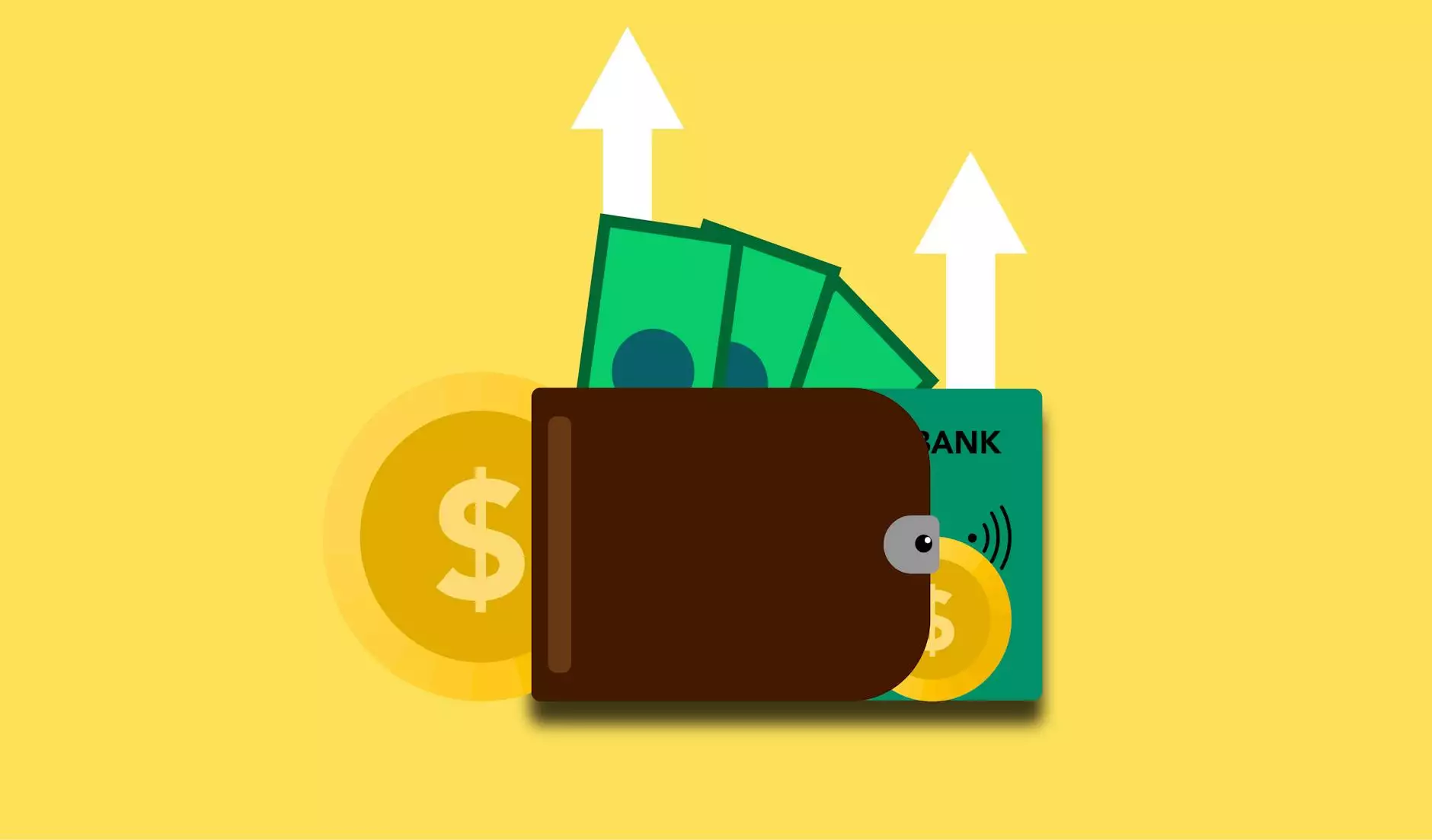Understanding Fixed Costs and Variable Costs in the Long Run
Legal Resources
When it comes to running a business, understanding the concept of fixed costs and variable costs is essential for making informed financial decisions. In the long run, all costs are variable, but why are there no fixed costs in the long run? Let's delve into this intriguing topic and shed light on the dynamics of costs in the long run.
Fixed Costs vs. Variable Costs
Fixed costs refer to expenses that remain constant regardless of the level of production or sales volume. These costs do not fluctuate with the changes in business activity and are incurred even if the business is not producing anything.
On the other hand, variable costs are expenses that fluctuate in direct proportion to the level of production or sales. Variable costs increase as production increases and decrease as production decreases. These costs are directly linked to the volume of output.
Are There Fixed Costs in the Long Run?
In the long run, all costs are variable. This concept stems from the idea that in the long term, all expenses can be adjusted or varied based on the level of output and business operations. Unlike in the short run, where some costs may be fixed due to contractual obligations or constraints, the long run provides businesses with more flexibility to adjust their cost structure.
The Flexibility of Long Run Costs
One of the key advantages of the long run is the ability to alter all types of costs, including those that may have been considered fixed in the short run. Businesses can renegotiate contracts, restructure operations, and adapt to changing market conditions, allowing for greater cost control and efficiency.
Why Fixed Costs Become Variable in the Long Run
Fixed costs that may have seemed unchangeable in the short run can become variable in the long run due to various factors. Market dynamics, technological advancements, and shifts in consumer behavior can all influence the nature of costs and compel businesses to reassess their cost structures.
Optimizing Long Run Fixed Costs
For businesses seeking to optimize their cost structure in the long run, it is crucial to conduct regular cost assessments, identify inefficiencies, and explore opportunities for cost-saving measures. By understanding the fluidity of costs in the long run, businesses can adapt and thrive in a dynamic marketplace.
Conclusion
In conclusion, while fixed costs may seem rigid and unchangeable in the short run, businesses operating in the long run have the flexibility to adjust all costs to suit their evolving needs and circumstances. By embracing the concept that in the long run all costs are variable, businesses can unlock new possibilities for growth, efficiency, and sustainability.









